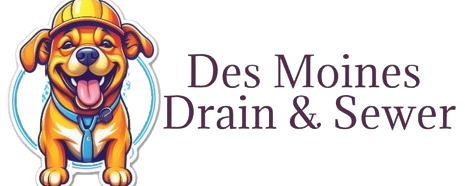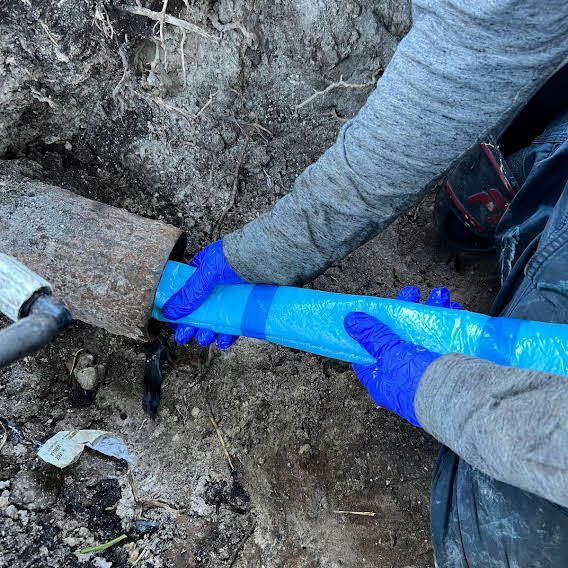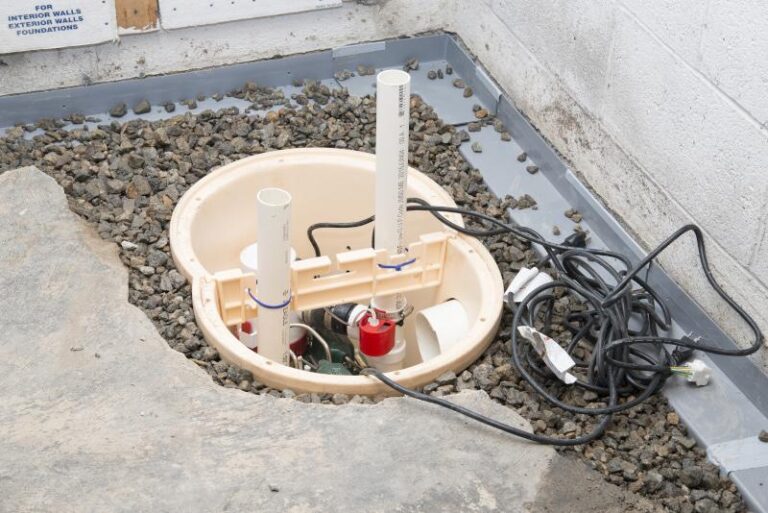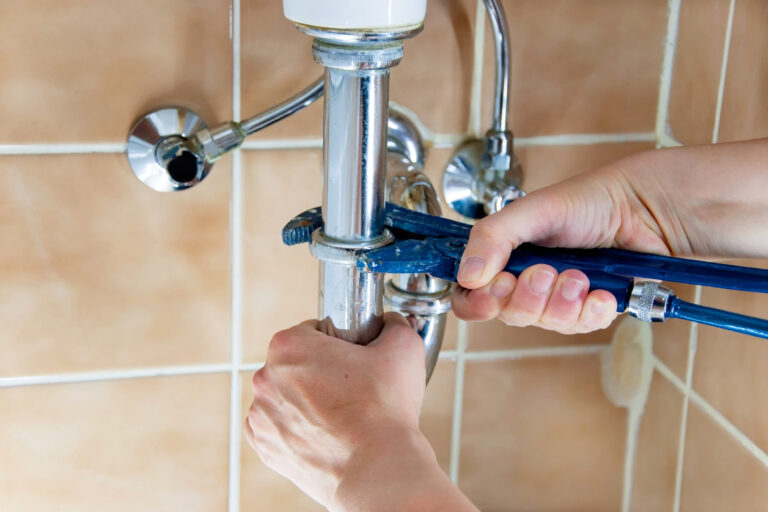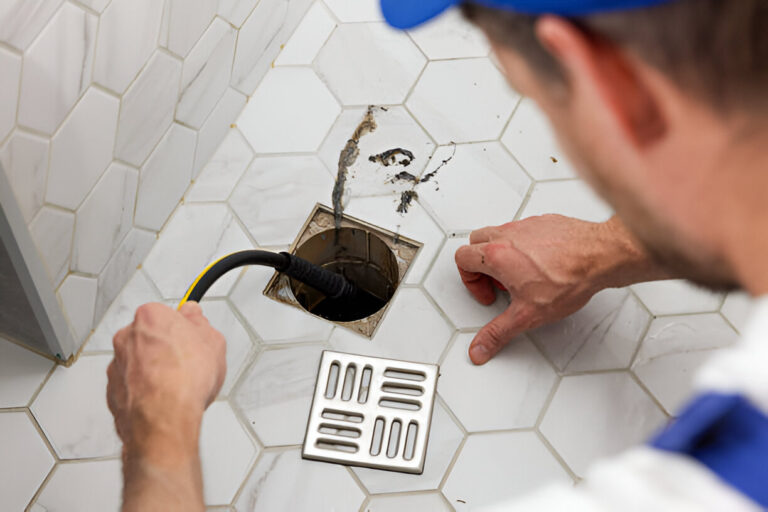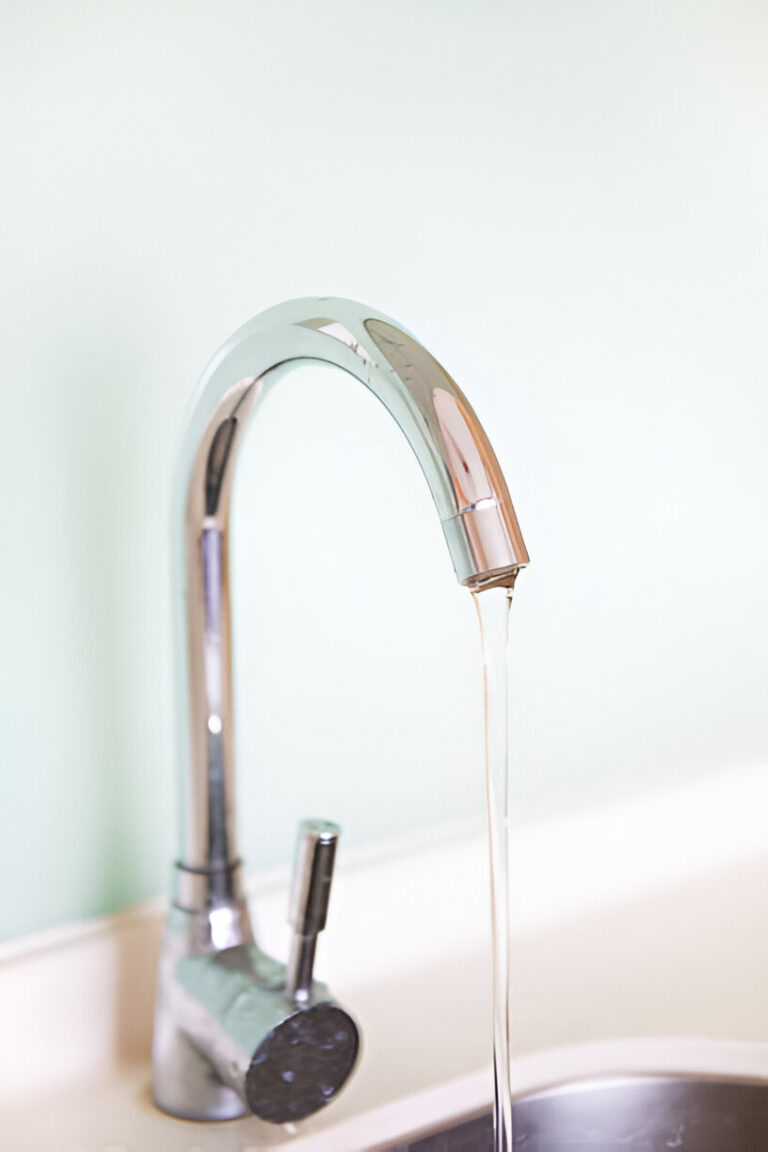What Is Trenchless Sewer Repair and How Does It Work?
Dealing with sewer line issues used to mean one thing: digging up your yard, breaking through driveways or patios, and living through weeks of mess and disruption. Thankfully, modern plumbing has evolved, and there’s now a far less invasive alternative trenchless sewer repair.
This advanced method has revolutionized the way damaged sewer lines are fixed, offering a cleaner, faster, and more cost-effective solution. But what exactly is trenchless sewer repair, and how does it work?
In this guide, we’ll explain everything you need to know about trenchless technology: what it is, how it compares to traditional methods, how the process works, and whether it might be the right choice for your home or property.
What Is Trenchless Sewer Repair?
Trenchless sewer repair is a modern plumbing technique that allows contractors to repair or replace underground sewer lines without extensive digging. Instead of excavating long trenches to access the pipe, specialized equipment is used to repair or replace the line through small access points.
This method is ideal for repairing:
- Cracked or broken pipes due to shifting soil or age
- Tree root intrusion
- Corroded or leaking sewer lines
- Collapsed sections of pipe
- Minor to moderate misalignments
The biggest benefit? Trenchless sewer repair preserves your landscaping, driveway, and foundation, avoiding the high costs and hassles of full excavation.
Types of Trenchless Sewer Repair Methods
There are two primary trenchless methods used by professional plumbers, each with its own process and use case:
1. Pipe Lining (Cured-in-Place Pipe – CIPP)
Pipe lining involves inserting a flexible, resin-coated tube into the existing damaged pipe. Once in place, the liner is inflated and cured (hardened) with heat or UV light, creating a strong, seamless “pipe within a pipe.”
Best for: Pipes with cracks, corrosion, or minor collapses where the existing pipe can still provide structural support.
Benefits:
- Extends the life of the pipe by 50+ years
- Minimal digging required
- Fast curing time (a few hours)
- Suitable for small-diameter sewer lines
2. Pipe Bursting
Pipe bursting is used when the existing pipe is too damaged or collapsed to be relined. This method uses a bursting head to break apart the old pipe while simultaneously pulling a new pipe into place.
Best for: Severely damaged or collapsed sewer lines that need complete replacement.
Benefits:
- Replaces the entire pipe with a new, durable one
- Works with clay, cast iron, or PVC pipes
- No need to remove the old pipe manually
- Long-lasting results with minimal surface disruption
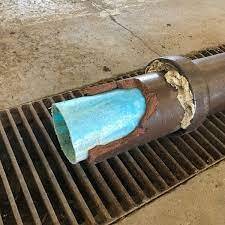
How Does the Trenchless Repair Process Work?
The exact steps may vary slightly depending on the method used, but here’s a general breakdown of how trenchless sewer repair works:
Step 1: Video Inspection
The process begins with a sewer camera inspection. A small, waterproof camera is inserted into the sewer line to:
- Identify the exact location and extent of damage
- Determine pipe diameter and layout
- Choose the most appropriate repair method
This inspection eliminates guesswork and helps the plumber plan the repair accurately.
Step 2: Cleaning the Pipe
Before any repair can take place, the existing sewer line must be thoroughly cleaned, usually with hydro jetting. This step removes blockages, debris, tree roots, and sludge, providing a clean surface for lining or replacement.
Step 3: Repair or Replacement
- For Pipe Lining: A flexible liner is saturated with resin and inserted into the pipe. The liner is inflated and cured in place using hot water, steam, or UV light. Once hardened, the liner becomes a durable, jointless pipe that resists leaks and root intrusion.
- For Pipe Bursting: A bursting head is attached to the new pipe and pulled through the old line using a hydraulic winch. As it moves forward, it breaks apart the old pipe and lays the new one in its place.
Step 4: Final Inspection
Once the repair is complete, the sewer line is inspected again using a video camera to ensure:
- Proper alignment
- Strong seal at joints and connections
- Full functionality and water flow
After passing inspection, the access points are sealed and the area is cleaned up.
Advantages of Trenchless Sewer Repair
Trenchless sewer repair offers several compelling benefits over traditional dig-and-replace methods:
- Minimal Disruption: No need to tear up your yard, driveway, patio, or landscaping. Access is typically limited to two small holes at either end of the repair area.
- Faster Completion Time: Most trenchless jobs are completed in one to two days, compared to a week or more for traditional excavation.
- Cost-Effective: While the upfront cost may seem similar to or slightly higher than traditional methods, you save big on restoration costs, no replacing concrete, sod, or landscaping.
- Durable and Long-Lasting: Both pipe lining and bursting use high-quality materials like epoxy resin or HDPE piping that can last 50 years or more.
- Eco-Friendly: Less excavation means less waste, fewer emissions from digging equipment, and reduced disruption to soil and tree roots.
Is Trenchless Sewer Repair Right for You?
While trenchless repair offers many advantages, it’s not the right solution in every case. It depends on several factors, including:
- Pipe condition – Severely collapsed pipes may require partial excavation
- Pipe material and size – Some materials or configurations may not support lining
- Accessibility – Limited space or unusual layouts can make trenchless installation difficult
- Budget – While cost-effective long term, the upfront price may be higher than basic spot repairs
The best way to determine whether trenchless is right for your home is to schedule a sewer camera inspection with a licensed plumber. They’ll assess your system and provide personalized recommendations.
How Much Does Trenchless Sewer Repair Cost?
On average, trenchless sewer repair costs range from $100 to $250 per linear foot, with total costs typically falling between $3,500 and $20,000.
| Factor | Cost Range | Details |
| Average Cost Per Linear Foot | $100 – $250 | Varies based on repair method, pipe depth, and location |
| Total Cost (Typical Project) | $3,500 – $20,000 | Depends on length of pipe, access points, and soil condition |
| Pipe Lining (CIPP) | $80 – $250 per foot | Ideal for structurally sound but damaged pipes |
| Pipe Bursting | $100 – $200 per foot | Used for completely collapsed or severely damaged pipes |
| Video Sewer Inspection | $250 – $500 | Often required before trenchless work can begin |
| Cleaning & Preparation | $300 – $1,000 | Includes hydro jetting or root removal prior to repair |
| Permits & Inspection Fees | $100 – $500 | Varies by municipality |
| Landscaping Repair (Traditional) | $1,000 – $5,000+ | Not needed with trenchless, but adds cost to dig-and-replace methods |
Final Thoughts: A Smarter, Cleaner Way to Fix Sewer Lines
Trenchless sewer repair represents a huge leap forward in plumbing technology. It provides homeowners with a way to fix serious underground problems without destroying their property, saving time, money, and stress.
If you’ve noticed signs of a failing sewer line, slow drains, foul odors, wet spots in the yard, or frequent backups, don’t wait. Ignoring sewer line issues can lead to severe property damage and costly emergencies.
For trusted HVAC and plumbing support in Iowa, many homeowners turn to Des Moines Drain & Sewer for honest advice and reliable installation services.
